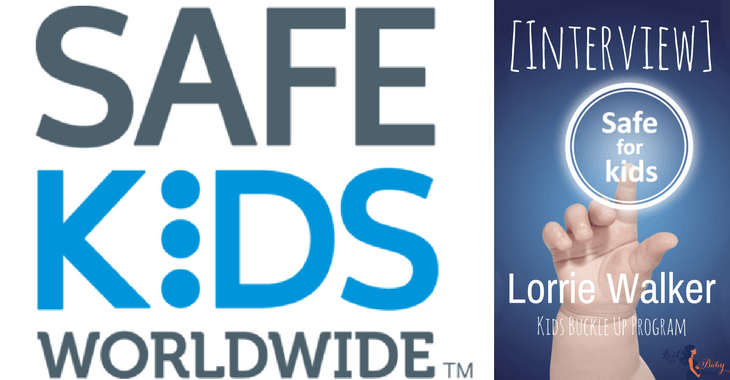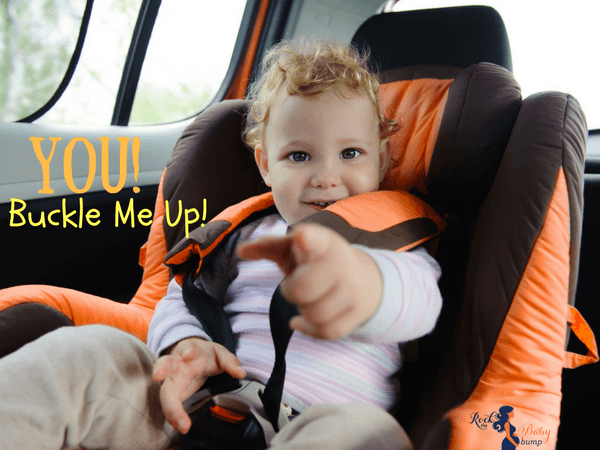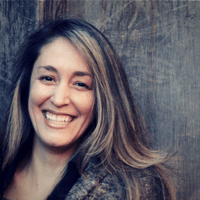I can’t WAIT for you to read this interview with Lorrie Walker of SafeKids.org – She is the go to gal for the Safe Kids Buckle Up program, training manager and tech advisor for Safe Kids.
Enjoy this one mommies!
1.) Tell us a little bit about your background, how you got started in child safety, and how and why you got involved with Safe Kids Worldwide?
Lorrie: I have been involved with Safe Kids since the early 1990s when my organization, The PA Chapter of the American Academy of Pediatrics was a member of the Southeastern PA National Safe Kids Campaign working with Children’s Hospital Of Philadelphia, one of the early lead agencies.
Working in the field of injury prevention is difficult because you are working without numbers.
The people you saved do not show up on a database.
Joining forces with other injury prevention professionals and those who treat injuries, such as first responders, hospitals and therapists, is the only way to impact the field.
I joined Safe Kids in 2004 as a staff member and am very glad I did.
2.) What is the CPST (Child Passenger Safety Technicians) program and how was it born?
Lorrie: The CPST program began in 1998 as a grass roots way to educate parents and caregivers to use car seats properly.
A three pronged approach using a course developed by the National Highway Traffic Safety Administration (NHTSA), certification provided by a trusted national organization (AAA first and now Safe Kids Worldwide since 2004) and quality assurance by the National Child Passenger Safety Board has enabled this four day course to train and certify more than 150,000 subject matter experts.
The certified CPST can approach any vehicle, with any car seat and any age/size child and effectively evaluate and educate the caregiver to provide a safe ride for the child.
Keep in mind that a car may have up to 5 different types of seat belts, numerous airbags and other adult safety equipment that may complicate child specific travel.
Cars meet federal safety standards and car seats meet federal safety standards.
They don’t always match up for the end user.
There are 39,000 CPSTs working today through fire departments, police departments, hospitals, service organizations, retailers, and other groups.
Many CPSTs volunteer their time on weekends.
3.) How can parents themselves get certified and/or find out where others are to make use of their services?
Lorrie: Anyone interested in becoming a CPST can attend a class and take the rigorous course.
Each person who passes the course has passed 3 written tests, 2 hands-on skills tests and has attended a car seat checkup event and been evaluated on the way they educated and helped a family at the event.
Go to http://cert.safekids.org to learn about the program and find a course near them. Attendees must attend all 4 days to successfully complete the class.
4.) What did you learn while spreading the word about the various ways to shield children from preventable injuries? Can you share something you learned through all of your international experience?
Lorrie: The one deep and abiding belief I have is that families love their children- no matter where they live.
They often though are stretched very thin and sometimes their attention to kids in the car needs an adjustment.
People may change out a cell phone every 2 years when there is new technology but will want to use a car seat that they picked up at a flea market, is missing labels, is really dirty, broken and missing parts.
Once reminded of that, parents are usually eager to provide the very best for their kids.
All car seats meet federal standards, so even the most inexpensive one does a great job of reducing the risk of injury or death.
Car seats need parental attention, not just when kids are infants but generally for a long time- until kids are between 8-12 when the adult seat belt begins to fit them.
Kids will need 4 different types of child passenger safety: Rear-facing seats up to age 2, forward-facing seats until 4 or 5, booster seats from 6 and older and finally, seat belts- worn properly.
Below, Lorrie talks about some simple at home car seat installation tips:
Lorrie: The biggest problem we have in the US and beyond is the non-use of restraints.
Car seats and booster seats for younger kids and seat belts for teens and adults of all ages are your best line of defense against impaired, inattentive or bad drivers.
It is amazing to see the numbers of people every year who continue to ride unrestrained when the simple act of buckling up, seat belts are a free product in every vehicle, is often ignored.
The US this year has seen the biggest increase in motor vehicle deaths than in decades. Many of those preventable deaths could have been avoided with the use of a seatbelt or car seat.
Such a tragic waste of life!
6.) As you both are advocates for all ages of children, what is the most common concern among parents and what advice do you give them?
Lorrie: Pay attention to your child’s safety in a car.
It is the biggest risk they face from the first time they ride in a vehicle and throughout life.
Parents are often worried about kidnappings but they should really worry about the carpool driver who does not restrain their kids in a car.
Parents need to look out for their children’s safety for many years.
7.) How do you teach or convince doubting parents to trust their own instincts and to have confidence in their decisions when it comes to helping facilitate the prevention of injuries with their kids?
Lorrie: From my years of experience, I would say they need to believe a preventable injury can happen to you for you to protect yourself. Without that belief, they may be likely to think it only happens to the “other guy”.
But remember, to me, YOU are the other guy.
Benjamin Franklin once said, “an ounce of prevention is worth a pound of cure” and it rings true today.
It is almost always cheaper and easier to prevent a tragedy than to live with the consequences.
8.) You teach parents alternative techniques within the realm of safe kids to help keep their babies and children safe. Could you share a tip or two?
Lorrie: Read labels and instructions. Ask questions. Always buckle up, every ride, every time. Teach your kids when they are young to protect themselves whenever possible.
9.) Where can people find you if they want more information?
Lorrie: [email protected] or www.safekids.org or www.ultimatecarseatguide.org



Leave a Reply